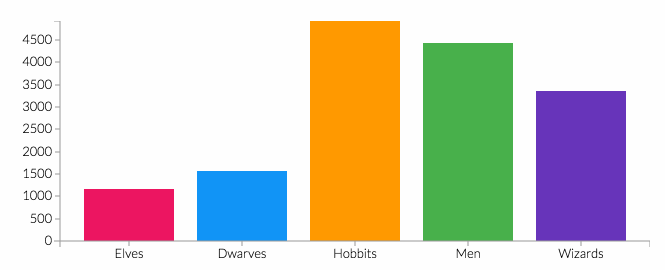PERKEMBANGAN PESERTA DIDIK PRESPEKTIF BIOPSIKOSOSIOSPIRITUAL DALAM PENDIDIKAN ISLAM
DOI:
 https://doi.org/10.32478/y4kvq664
https://doi.org/10.32478/y4kvq664
Abstract
Abstrack
Learners in terms of physical-biological aspects may be said to have stopped, but in terms of Spiritual, spiritual and social, humans can resist the flow of natural processes and are able to assess and control nature and their environment. Educational interaction must describe an active two-way relationship with a number of knowledge and potential. Interaction that consciously puts the goal to change the behavior and activities of students. The research method used in this research is qualitative with a literature study approach. This is done by collecting data from various literature sources. Data in the form of theoretical studies and research studies are then analyzed using content analysis, which is a scientific analysis of the content of a data message and conclusions are drawn.
Abstrak
Manusia (peserta didik) ditinjau dari segi fisik-biologis boleh dikatakan sudah berhenti, tetapi dari segi Rohani, spiritual dan dan sosialnya, manusia dapat melawan arus proses alami dan mampu menilai serta mengontrol alam dan lingkungannya. Interaksi edukatif haruslah menggambarkan hubungan aktif dua arah dengan sejumlah pengetahuan dan potensinya. Interaksi yang dengan sadar meletakkan tujuan untuk mengubah tingkah laku dan aktivitas peserta didik. Metode penelitian yang digunakan pada penelitian ini adalah kualitatif dengan pendekatan studi kepustakaan. Hal ini dilakukan dengan cara mengumpulkan data dari berbagai sumber literatur. Data yang berupa kajian teori dan kajian penelitian kemudian dianalisis dengan menggunakan analisis isi (content analysis) yang merupakan analisis ilmiah tentang isi pesan suatu data dan ditarik kesimpulan.
Keywords: Learner Development, Biopsychosociospiritual, Islamic Education
Downloads
Downloads
Published
Issue
Section
License
Copyright (c) 2024 Ali Rif’an , Akhmad Said

This work is licensed under a Creative Commons Attribution-ShareAlike 4.0 International License.
Authors hold and retain copyright and grant the journal right of first publication with the work simultaneously licensed under a http://creativecommons.org/licenses/by-sa/4.0 that allows others to share the work with an acknowledgment of the work's authorship and initial publication in this journal.

This work is licensed under a Creative Commons Attribution-ShareAlike 4.0 International License.














